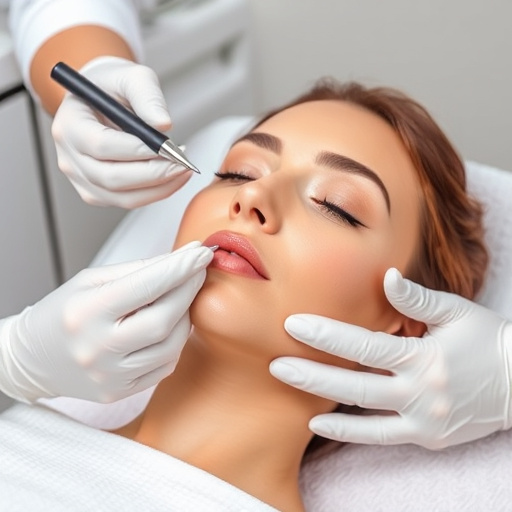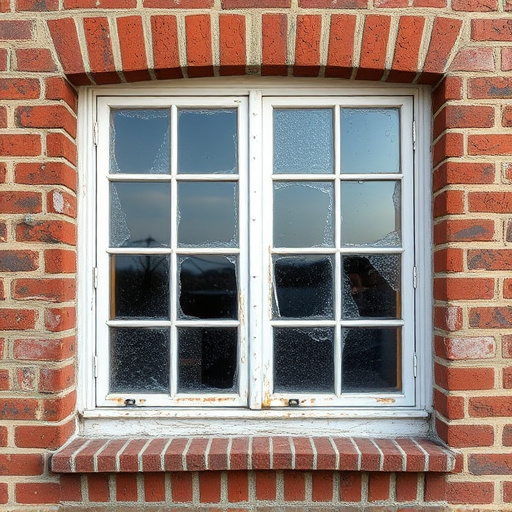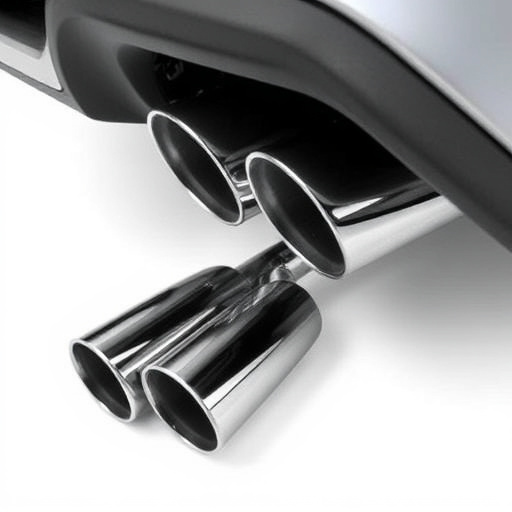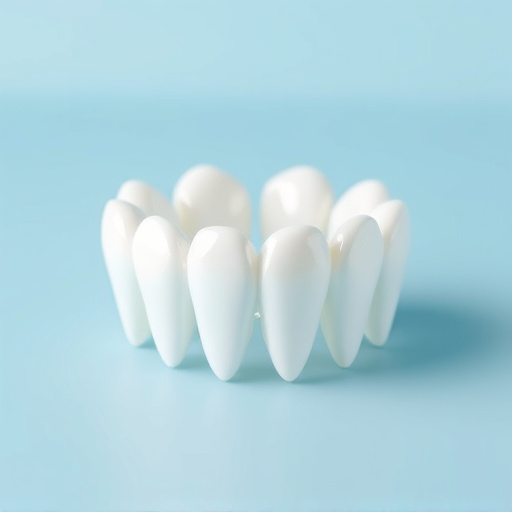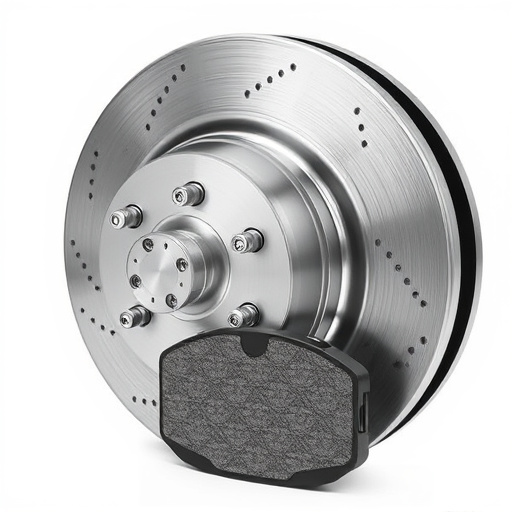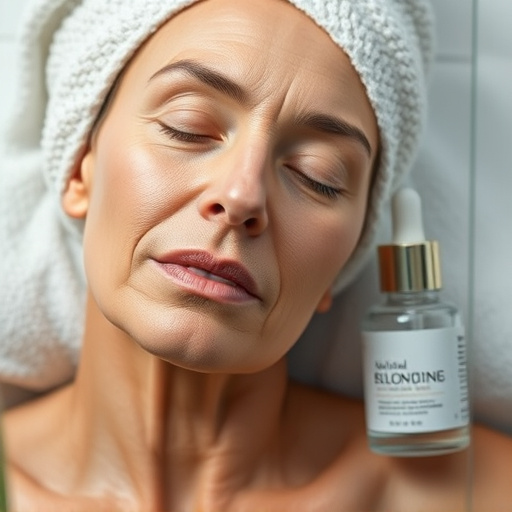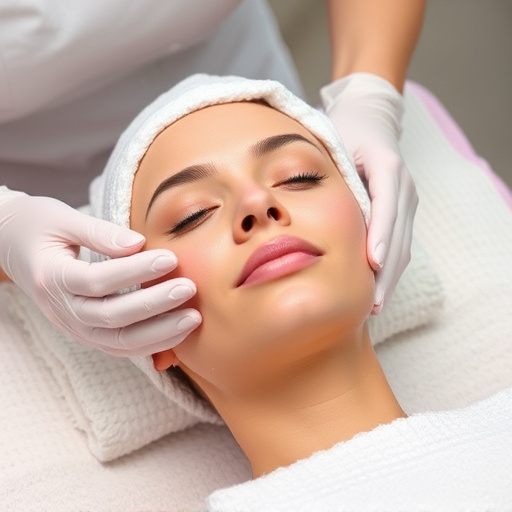Lactic acid peels derived from milk offer skin rejuvenation benefits including cell turnover, brightening, collagen production, and texture improvement. Overuse or improper application can cause irritation. Optimal frequency depends on skin health, lifestyle, environmental factors, and desired results. Safety requires starting with lower concentrations, following personalized protocols, pre-peel preparations, and post-peel care. Treatments should be spaced 4-6 weeks apart to minimize risks and achieve smoother, more radiant skin.
Discover the optimal frequency for using lactic acid peels safely and effectively. This powerful exfoliant offers numerous benefits, from reducing fine lines to improving skin texture. However, understanding its risks is crucial before incorporating it into your skincare routine. We’ll guide you through determining the right application practices and factors to consider, ensuring you get the most out of each treatment while minimizing potential drawbacks.
- Understanding Lactic Acid Peels: Benefits and Risks
- Determining Frequency: Factors to Consider
- Safe Application Practices for Optimal Results
Understanding Lactic Acid Peels: Benefits and Risks
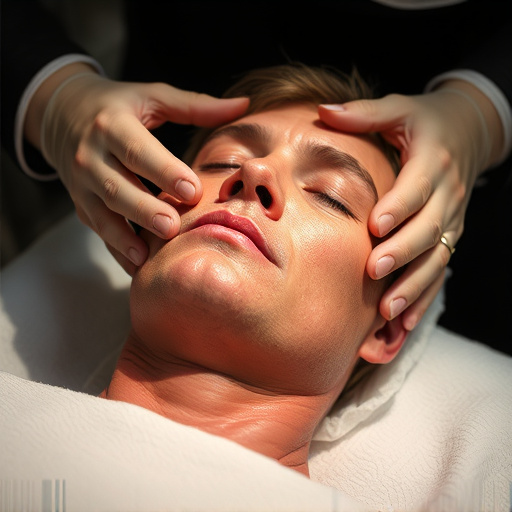
Lactic acid peels are a popular aesthetic treatment known for their ability to transform the skin’s texture and appearance. This chemical exfoliation process involves applying a solution of lactic acid, a natural alpha-hydroxy acid derived from milk, onto the skin to encourage cell turnover and promote skin brightening. The benefits are numerous; it can help with wrinkle reduction by enhancing collagen production, unclogs pores, and improves overall skin texture. These peels are often recommended for those seeking a gentle yet effective way to rejuvenate their complexion without the potential harshness of other procedures.
However, like any procedure, lactic acid peels also come with risks. Overuse or improper application can lead to skin irritation, redness, and peeling. Individuals with sensitive skin may experience discomfort or allergic reactions, so it’s crucial to follow professional advice regarding frequency and concentration. While lactic acid peels are generally safe when used sparingly and correctly, understanding your skin type and consulting a dermatologist is essential to ensure the best results without adverse effects.
Determining Frequency: Factors to Consider
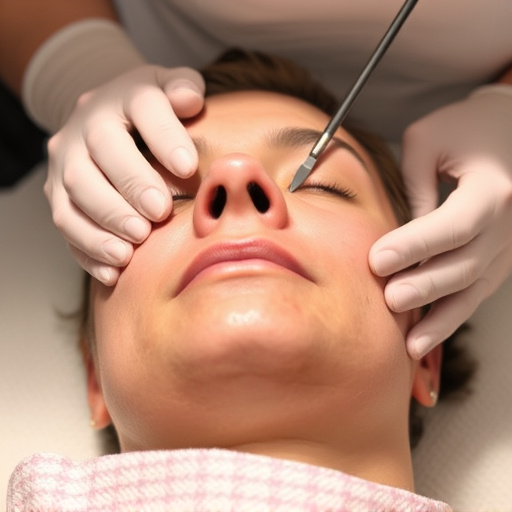
When considering how often to use a lactic acid peel, it’s essential to take into account several factors that will determine the optimal frequency for your skin care routine. First and foremost, the health and condition of your skin play a crucial role. Lactic acid peels are generally suitable for all skin types, but individuals with sensitive or compromised skin should exercise caution. Consulting a dermatologist is advisable to assess any potential risks or contraindications.
Other considerations include your lifestyle, environmental factors, and desired results. For instance, if you’re prone to frequent breakouts or have concerns about hyperpigmentation, more regular chemical peels (at recommended intervals by a professional) can aid in skin brightening and rejuvenation. Conversely, those aiming for gentle maintenance and prevention of aging signs may opt for less frequent lactic acid peels.
Safe Application Practices for Optimal Results
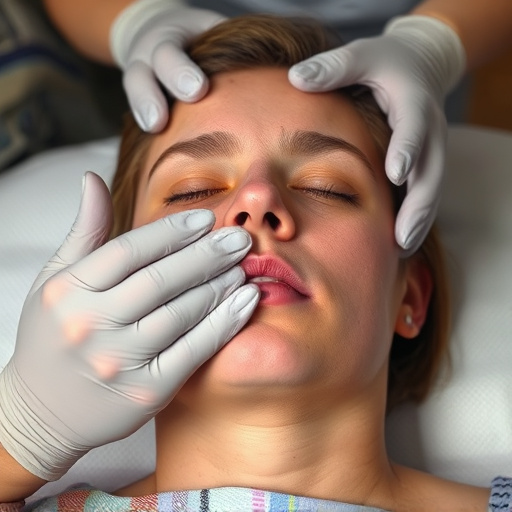
When applying lactic acid peels, safety is paramount for achieving optimal results from your aesthetic treatments. It’s crucial to start with a lower concentration and gradually increase as your skin tolerates it, ensuring you don’t overdo it. Lactic acid can be gentle yet powerful, so personalized skincare protocols are key. Always follow the instructions provided by your dermatologist or skincare professional, including pre-peel preparations like cleansing and exfoliating, and post-peel care involving hydration and sun protection.
Timing is essential; avoid frequent applications without expert advice as this could lead to skin irritation or prolonged recovery periods. For best results, space out treatments, typically 4-6 weeks apart, allowing your body contouring goals to be met while minimizing risks. Remember, a personalized skincare routine that incorporates lactic acid peels can work wonders for achieving smoother, more radiant skin, but it requires responsible application practices.
When used safely, lactic acid peels can offer significant benefits for skin health. Considering factors like skin type, sensitivity, and desired results, it’s recommended to apply these peels every 2-4 weeks. Always follow safe application practices, including proper preparation of the skin and using the right concentration. Regular intervals allow your skin time to recover while providing consistent improvement. Trusting a professional dermatologist for guidance ensures you’re utilizing lactic acid peels optimally and avoiding potential risks.
